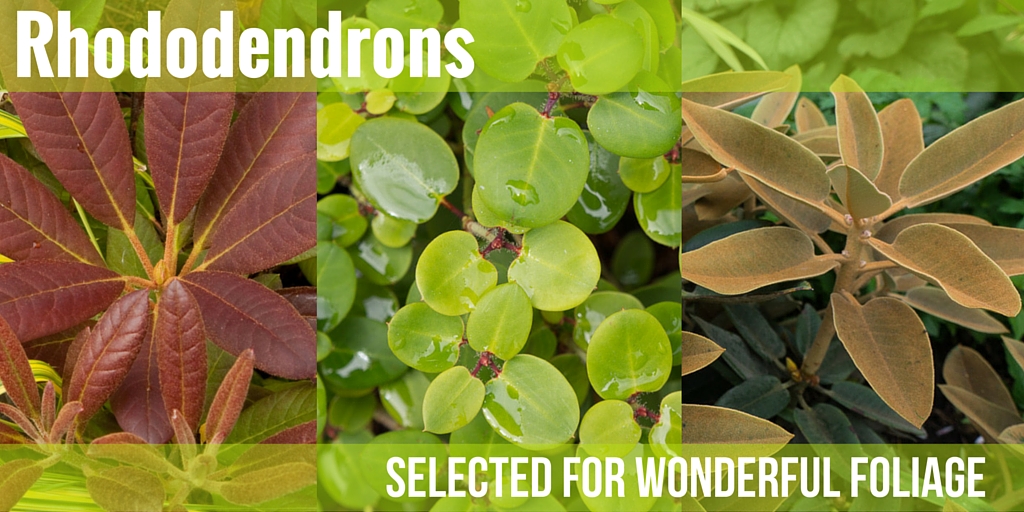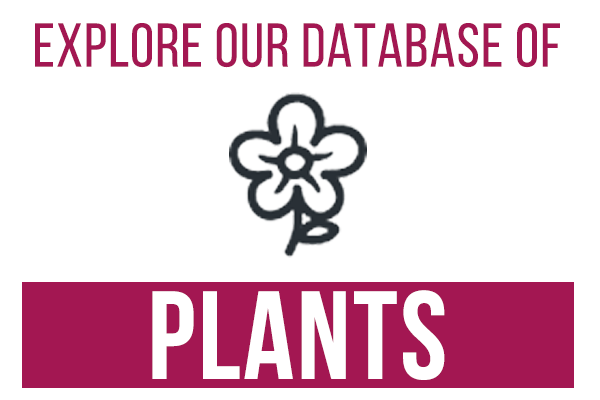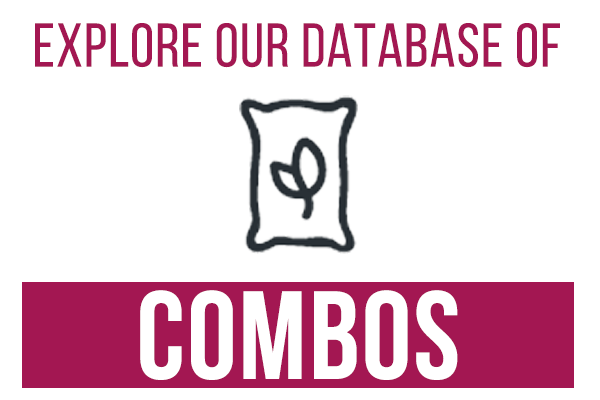Ubiquitous in Northwest gardens, the traditionally grown Rhododendrons are evergreen shrubs best known for their spring bloom, but I’d like to take a moment to extol the virtues of varieties selected for their attractive foliage.
Our lead image features three wonderful examples of compact varieties of this extremely useful evergreen shrub. The new, emerging foliage of Rhododendron 'Elizabeth Ostbo' (left) is reddish-bronze; as the season progresses, the effect wanes but an undertone of bronzy-red remains. In spring, red flowers grace its rounded form of about 3 to 4 feet tall and wide. Rhododendron williamsianum (middle) is a particularly compact and slow-growing species rhododendron that's great for tucking into small garden spaces. Displaying the showy new growth that accounts for a large part of its appeal is Rhododendron pachysanthum (right); in spring pale pink to white blooms join the display.
Another example, and one I’m quite enamored with is Rhododendron ‘Teddy Bear’, the variety featured in the video; I especially love the warm cinnamon tones of its new foliage. Or if I feel like cooling it down, I can turn to Rhododendron yakushimanum ‘Von Zile’ and play to its silvery-blue foliage. Their overall foliage color and tone are largely due to a fuzzy texture on the undersides of the leaves that is called indumentum.
Both are compact, evergreen shrubs that are perfect for smaller gardens common today. But here’s the real bonus: there’s strong evidence suggesting that Rhododendrons with indumentum are more resistant to the Azalea lace bug, a significant garden pest that's plaguing Pacific Northwest gardens, decimating our azalea and rhododendron population.
Follow the links above to get planting combination ideas for the two varieties I’ve mentioned, or search the entire eGardenGo plant combo database for inspiration and ideas to use in your garden.




